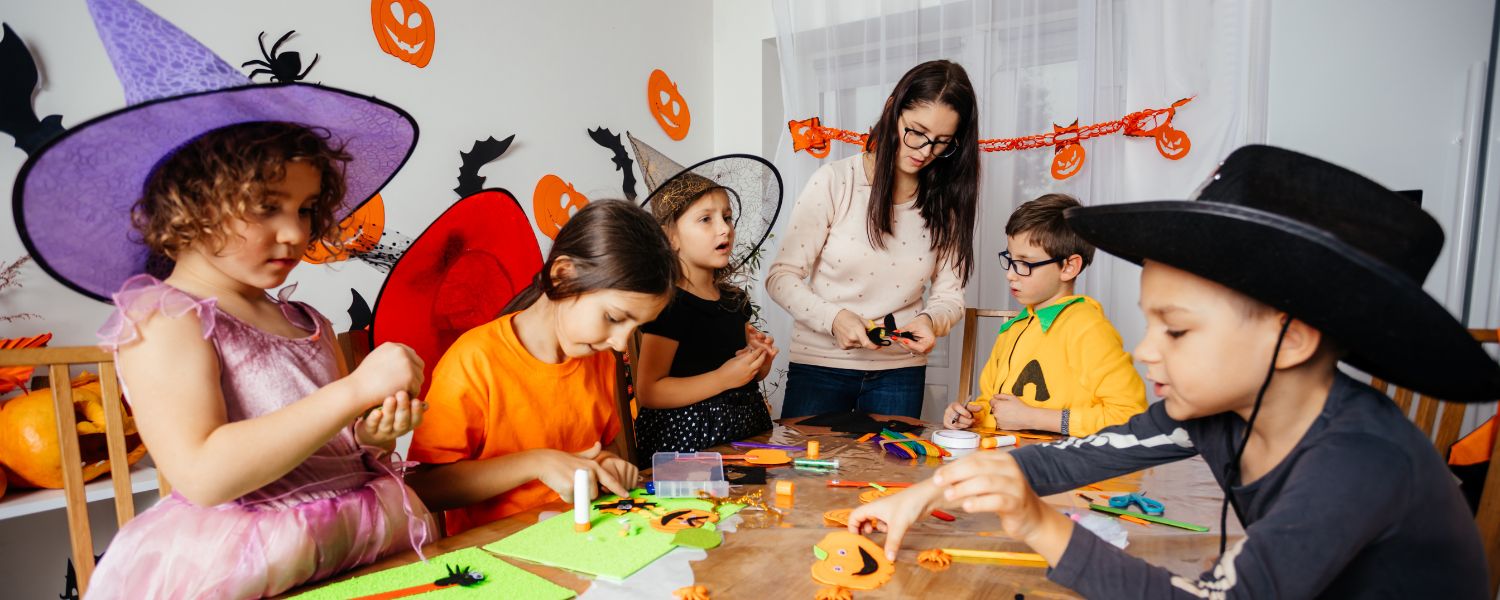
Learning in Primary forms the cornerstone of a child’s educational journey. It lays the foundation for their future academic endeavours, social interactions, and personal development.
Traditional teaching methods have long been the norm in primary education, but recent years have seen a paradigm shift towards more dynamic and engaging approaches. One such approach that has gained significant attention is active learning.
This pedagogical philosophy emphasises student involvement, critical thinking, and problem-solving. This essay explores the benefits and strategies of incorporating active learning in primary schools, focusing on Faith Christian School of Distance Education as a notable example.
Benefits of Active Learning
1. Enhanced Engagement and Motivation

Active learning methods captivate students’ attention by involving them directly in the learning process. Unlike traditional lectures, where students may passively absorb information, active learning requires active participation.
This heightened engagement increases motivation as students feel a sense of ownership over their learning. They are more inclined to inquire, request clarification, and proactively take the lead in their studies.
This shift in attitude towards learning fosters a positive classroom atmosphere and lays the groundwork for a lifelong love of learning. In essence, active learning transforms students from passive recipients of knowledge to active seekers of understanding.
2. Improved Critical Thinking Skills

Active learning promotes the development of critical and analytical thinking skills in students. Through debates, problem-solving exercises, and hands-on experiments, students are prompted to evaluate information, consider various perspectives, and draw well-informed conclusions.
This process challenges them to think beyond surface-level understanding and delve into the underlying concepts. As a result, they develop the ability to discern the credibility of information, make informed decisions, and confidently approach complex problems.
These critical thinking skills are invaluable in academic pursuits and essential for navigating the challenges of the real world.
3. Enhanced Retention and Application of Knowledge

Consistent research findings indicate that active learning significantly improves the retention of information. When students actively participate in discussions, experiments, or problem-solving activities, they form stronger neural connections associated with the material.
This translates to improved memory recall and applying knowledge in practical scenarios. Active learning promotes a deeper understanding of concepts, as students are actively involved in learning.
This contrasts with passive learning methods, where information is often quickly forgotten after being passively received. Students create lasting impressions that contribute to a more robust and enduring knowledge base by actively engaging with the material.
4. Promotion of Creativity and Innovation

Active learning environments provide fertile ground for nurturing creativity and innovation. Students are empowered to think creatively through activities that encourage brainstorming, experimentation, and open-ended exploration.
They learn to generate original ideas, explore unconventional solutions, and approach challenges with a fresh perspective. This creative mindset extends beyond the classroom, preparing students to tackle real-world problems with ingenuity and adaptability.
In a rapidly evolving global landscape, the ability to innovate is a highly valuable skill. Active learning not only equips students with the tools to adapt to change but also instils a sense of confidence in their creative potential.
6. Christian Character

In a distance education setting, students and their families enjoy Christian inputs in a variety of ways, from student work units developed within a Christian worldview to the chapel, where a variety of real-world topics are explored, as well as variety of camps and sporting events that provide fellowship and social interaction.
This combined with the normal family activities most of our families are involved in, our students enjoy a quality education and are likely to develop into fine young Christian young men and women.
Strategies for Incorporating Active Learning
1. Interactive Workshops and Demonstrations

Incorporating interactive workshops and demonstrations into the curriculum can effectively engage students. These sessions can cover various subjects, from science experiments to art classes.
For example, virtual science labs and art workshops are conducted at Faith Christian School of Distance Education to ensure students actively participate in their learning experiences.
2. Peer-to-Peer Learning

Creating opportunities for students to work together in pairs or small groups fosters a collaborative learning environment. This approach encourages active participation and promotes teamwork, communication skills, and mutual support.
Peer-to-peer learning can be facilitated through group projects, problem-solving tasks, or cooperative games.
3. Incorporating Technology

Leveraging educational technology is a powerful way to incorporate active learning. Virtual simulations, interactive multimedia resources, and online discussion forums can provide students with hands-on experiences and opportunities for meaningful interactions.
Faith Christian School of Distance Education utilises various digital tools to facilitate active learning, ensuring that distance education doesn’t hinder engagement.
4. Inquiry-Based Learning

Encouraging students to ask questions, explore topics independently, and seek solutions through research is a cornerstone of active learning. Teachers can guide students in formulating research questions, conducting investigations, and presenting their findings.
This approach empowers students to take ownership of their learning and instils a love for inquiry and discovery. Visit us to know more about cultural and diversity education in primary schools.
Conclusion
Learning in Primary is a pivotal phase in a child’s educational journey, and incorporating active learning can significantly enhance this experience. The benefits of increased engagement, improved critical thinking, enhanced retention, and promotion of creativity are crucial for preparing students for the challenges of the 21st century.
By implementing interactive workshops, peer-to-peer learning, technology integration, and inquiry-based learning, schools can create dynamic learning environments that empower students to become active, curious, and lifelong learners.
As exemplified by Faith Christian School of Distance Education, even in remote or distance education settings, active learning can be effectively integrated to provide a rich and engaging educational experience for students of all ages.
